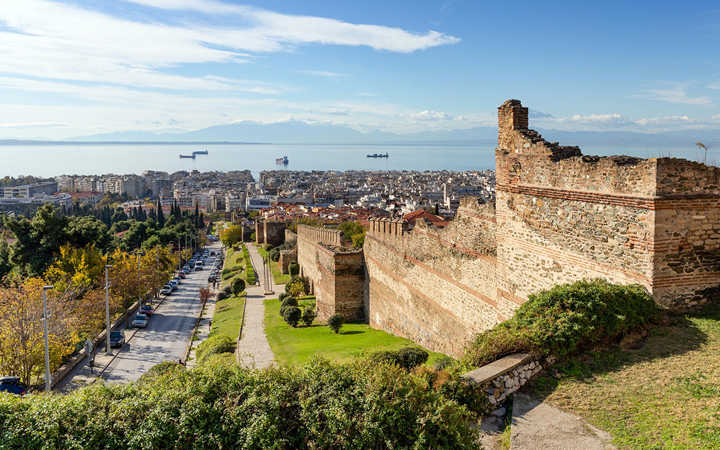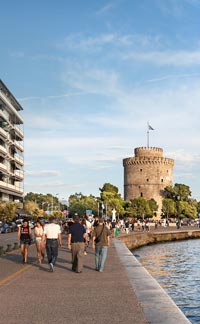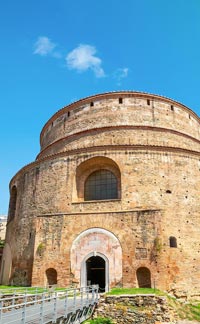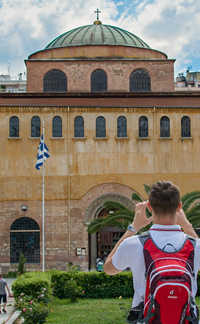The fortification walls of Thessaloniki stand as one of the most impressive remnants of the city’s layered history, tracing a defensive line that has protected the city from Roman times through the Byzantine and Ottoman eras. Towering over the Upper Town (Ano Poli), these ancient walls are a must-see for travelers interested in history, architecture, and panoramic views.
From Roman Roots to Byzantine Grandeur
Construction of Thessaloniki’s city walls began in the 3rd–4th centuries AD, during the late Roman period, but it was under the Byzantine Empire that the walls were greatly expanded and fortified. The original circuit stretched over 8 kilometers, encircling the city and protecting it from sieges and invasions. At some points, the walls reached up to 12 meters in height and 5 meters thick, made of stone, brick, and recycled architectural elements from earlier periods.
Even after the city fell to the Ottomans in 1430, large parts of the fortifications remained intact, though some lower sections were later dismantled to accommodate urban expansion.
Towers, Gates, and City Secrets
One of the most iconic sections of the wall is found in Ano Poli, where time seems to have slowed. The Heptapyrgion (Yedi Kule), a fortress integrated into the walls, served variously as a military stronghold and a prison and now welcomes visitors for cultural and historical exploration. Nearby, ancient gates like the Portara and partially hidden watchtowers hint at a city once under constant threat but always resilient.
Legend has it that the walls once contained secret passages and underground tunnels used by defenders during sieges — elements that add a mysterious layer to their story.
Walking Along the Past
Today, a walk along the surviving portions of the walls offers not only a journey through centuries of Thessaloniki’s history, but also stunning views of the Thermaic Gulf, Mount Olympus on clear days, and the modern city stretching beneath your feet. The area is also dotted with Byzantine churches, quiet cafes, and hidden courtyards, ideal for a reflective pause during your exploration.
Thessaloniki’s city walls are not just a historical monument — they are an enduring symbol of the city's strength and cultural richness. Exploring them gives you a deeper appreciation of the city’s role as a crossroads of empires, faiths, and peoples.


















